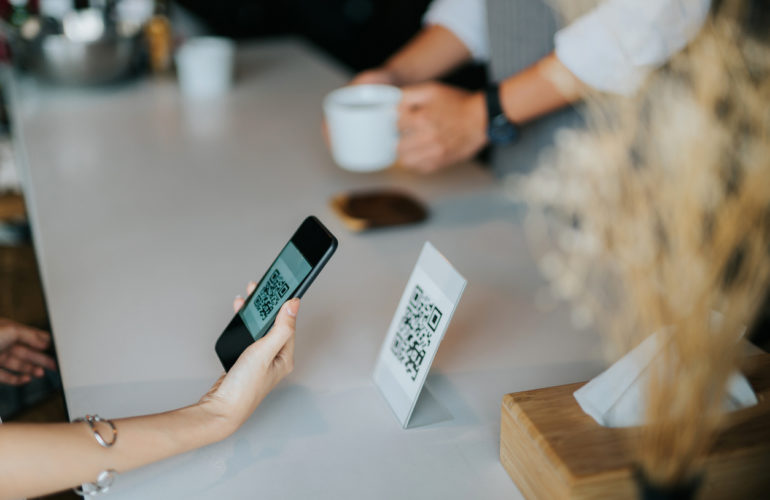You know QR Codes? Those boxes of black-and-white squares you see on posters, on the backs of business cards, and in the drive-through windows at McDonald’s? They are free to create, simple to use, and suddenly, they are everywhere.
QR Codes (short for “quick response” codes) have been around for nearly two decades, although they have not yet received widespread use in the United States. However, with the COVID-19 pandemic, these print-to-mobile tools have been popping up everywhere, from restaurants and retail shops to doctors’ offices and U.S. Post Offices.
How do they work? When viewed through a mobile phone camera, QR Codes trigger the phone’s browser and take consumers to a webpage where they can view more information, place orders, or sign up for events. While older phones may require users to download a free QR Code reader, in most newer versions of Apple’s iOS, the QR Code scanning function is built right in. Open the camera and focus on the code (don’t push the button to take a picture!). The camera will recognize the code, launch the browser, and take you to the desired location. Most Android phones offer a similar capability.
Why are QR Codes suddenly coming alive? They connect buyers to the things they love while minimizing in-person interaction and contact with public surfaces. When added to points of sale, menus, displays, and signage, they enable customers to “get back to normal” without touching anything but their cellphones.
What does this look like in action?
- Restaurants are adding QR Codes to menus or table plaques, allowing patrons to browse their dining options and place their orders in a touchless environment.
- Hotels are adding QR Codes to enable contactless check-ins, even allowing customers to place in-room orders and control lights or air conditioning.
- Art galleries and museums are using QR Codes to enable visitors to access visitor guides and maps.
- Medical facilities are using QR Codes to let patients access health information on posters.
- PayPal has launched a QR Code mobile payment system. Now even small businesses can offer contactless payments.
The list of potential applications is endless.
Want to learn how to use QR Codes to increase your customers’ comfort level? It’s easy. We can help.

